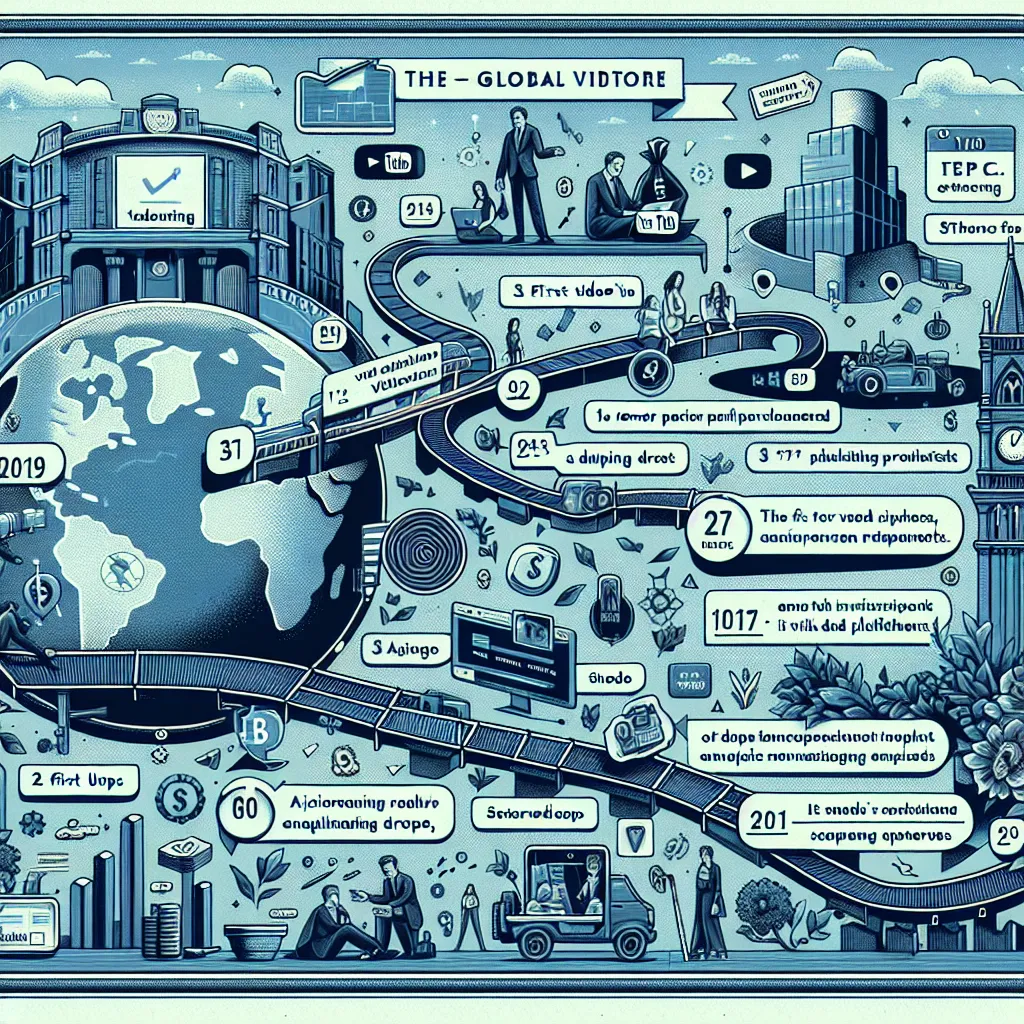The gold standard, a system that once dominated global finance, leaves behind a rich legacy that continues to influence modern monetary policy in profound ways. As we reflect on its history, it becomes clear that this ancient monetary regime was both a stabilizing force and a rigid constraint, offering valuable lessons for today’s economic policymakers.
In its heyday, the gold standard provided a sense of stability and predictability that was unparalleled. Currencies were valued in terms of gold, establishing fixed exchange rates that made international trade more reliable and less risky. This stability was a boon for global commerce, as merchants and traders could conduct business with a clear understanding of the value of different currencies. However, this stability came at a cost.
One of the lesser-known aspects of the gold standard is its impact on central banking. Central banks, which were relatively new institutions during the gold standard era, found themselves in a unique role. They were tasked with maintaining the stability of the gold standard, which often meant defending the fixed exchange rate at all costs. This required strict control over the money supply and interest rates, a task that was both challenging and limiting.
For instance, during economic downturns or trade deficits, central banks might raise interest rates to prevent gold outflows. While this could stabilize the currency, it came at the expense of domestic investment and employment. This delicate balancing act highlighted the gold standard’s inherent inflexibility, a trait that would ultimately contribute to its downfall.
The Great Depression was a pivotal moment in the history of the gold standard. As economic conditions worsened, countries that adhered to the gold standard found themselves trapped in a cycle of deflation and economic contraction. The rigid framework of the gold standard forced these countries to maintain deflationary policies, exacerbating the economic pain. In contrast, countries that abandoned the gold standard were able to devalue their currencies and adopt more flexible monetary policies, leading to quicker recoveries.
This period taught modern central banks a crucial lesson: the importance of monetary policy flexibility. Today, central banks like the Federal Reserve and the European Central Bank have the ability to adjust the money supply and interest rates independently of gold reserves. This flexibility allows them to respond more effectively to economic crises, a capability that was sorely lacking under the gold standard.
Despite its limitations, the gold standard also imposed a discipline on governments that is still admired by some economists today. By linking currency values to gold, the gold standard limited the ability of governments to engage in excessive spending or borrowing. This fiscal discipline was a strong deterrent against inflationary pressures and financial crises. In an era where fiat currencies dominate and the temptation to print money is ever-present, the gold standard serves as a cautionary tale against the dangers of fiscal irresponsibility.
However, the gold standard’s legacy is not without its controversies. Some argue that its return could provide long-term price stability and enforce fiscal discipline, but this comes with significant trade-offs. A return to the gold standard would severely restrict the ability of central banks to implement flexible monetary policies, a flexibility that is crucial during economic downturns. The fluctuating value of gold itself could also introduce instability, making it challenging to maintain consistent economic conditions.
In today’s economic landscape, the debate over monetary policy is more complex than ever. The fiat currency system, which replaced the gold standard, offers greater flexibility but also introduces new challenges such as potential inflation and currency instability. Some economists advocate for a return to commodity-backed currencies, while others see cryptocurrencies as a new form of “digital gold,” offering the stability of a commodity without the physical constraints.
Understanding the gold standard’s strengths and weaknesses is essential for informing current debates on monetary policy. It highlights the importance of balancing price stability with economic growth objectives, a delicate balance that modern central banks strive to maintain. The gold standard’s rigidity during economic downturns serves as a reminder of the need for flexible monetary policies, while its discipline in controlling inflation underscores the dangers of fiscal irresponsibility.
As we navigate the complexities of modern finance, the gold standard’s legacy continues to guide us. It reminds us that economic stability is not just about fixed exchange rates or commodity-backed currencies, but about the ability to adapt and respond to changing economic conditions. In a world where economic cycles are increasingly interconnected and volatile, the lessons of the gold standard remain as relevant as ever, serving as a historical blueprint for navigating the intricacies of modern monetary policy.
In conclusion, the gold standard’s impact on modern monetary policy is multifaceted and profound. It has taught us the value of stability and discipline, but also the importance of flexibility and adaptability. As we move forward in an increasingly complex economic world, understanding the gold standard’s legacy is not just a historical exercise, but a vital component of shaping our economic future.






